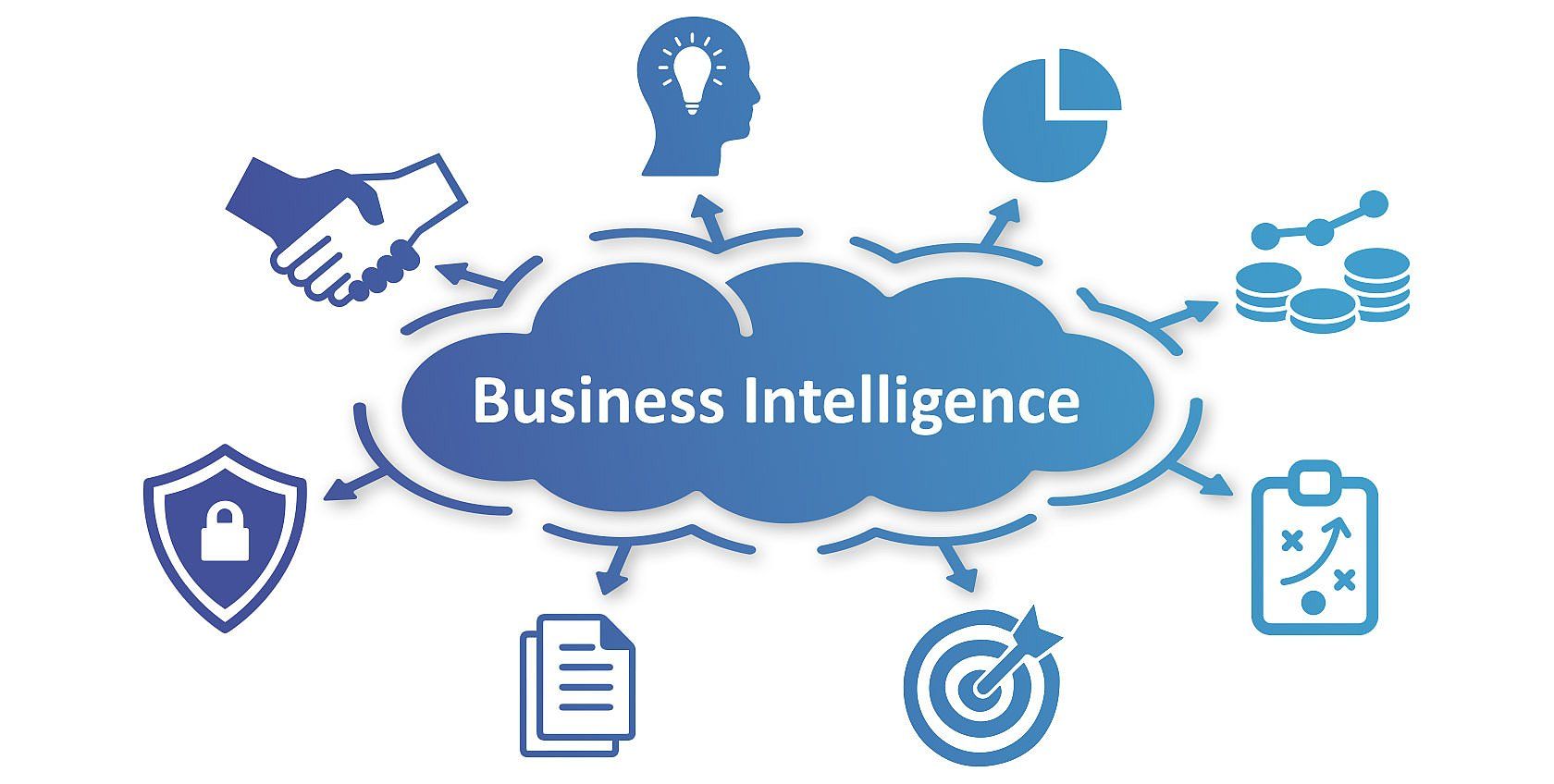Data is a valuable asset that has become a vital part of the business world. It can be used to either make or break the company. To maximize the potential of data, companies use powerful tools such as Power BI and Microsoft Fabric. These platforms are the linchpins of business intelligence. when integrated with Azure Data Factory, they can be a force that is unstoppable in data analytics and decision-making.
Power BI: Your Business Intelligence Companion
Power BI is an enterprise intelligence tool developed by Microsoft that allows organizations to visualize their data and share information. Power BI allows users to build interactive reports and dashboards and transforms raw data into useful insights.

Power BI is scalable to meet the needs of your business. It seamlessly integrates with a variety of data sources that make it simpler to merge data from several platforms and databases. With its easy drag-and-drop interface even non-technical users will be able to quickly build insightful reports and analyzes.
Power BI’s platform allows for real-time data processing. This ensures that you are always working with current information. It offers a wide range of graphs and visualizations that allow you to present information in an easy-to-read, engaging manner. It is important to work together and share reports. This can improve decisions within your business and help create a data-driven workplace.
Microsoft Fabric Microsoft Fabric: The Weaving Together of Data Excellence
Microsoft Fabric is an underpinning framework that connects and manages the data of various Microsoft services. The fabric is what weaves data into a cohesive entity that is used by businesses.
Microsoft Fabric is the foundation of data integrity and reliability as businesses face ever-increasing volumes of data. Microsoft Fabric integrates with a variety of applications from Azure Data Lake Storage, Azure SQL Data warehouse to Power BI. This connectivity allows data to flow seamlessly and allows insights to be extracted from multiple sources.
Microsoft Fabric excels in data transformation. It can be used to collect data, clean and prepare it for analysis, and ensure that it complies with the policies of your data governance organization. Microsoft Fabric is the system that guarantees that your data is secure as well as accurate and well-prepared for analytics.
Azure Data Factory – The Gateway to Data Transformation
Azure Data Factory is another essential component in the modern business intelligence landscape. It’s a cloud-based integration service that permits you to build, plan and manage data-driven processes. Azure Data Factory allows for significant insights through the orchestration of the transformation of data and its movement.
One of the major strengths of Azure Data Factory is its flexibility in connecting to various data sources. It doesn’t matter if the data is located in the cloud or in your premises It can be integrated seamlessly to get a complete image of your entire data ecosystem. The platform can handle batch processing, real-time streaming of data and big-data analytics. This allows it to be used for a variety of scenarios.
Azure Data Factory provides a visual interface to simplify the process of designing data pipes. Even if you’re not a programer it’s easy to create, schedule and monitor data pipelines. Users can be in control of data integration and self-service data preparation.
The Power Trio: Power BI, Microsoft Fabric, and Azure Data Factory
When Power BI and Azure Data Factory are combined together, they create an impressive trio that can transform your data analysis processes. What are the ways they can work together?
1. Data Integration: Azure Data Factory is capable of connecting to numerous data sources. This makes sure that all of your data are available. Microsoft Fabric orchestrates the data that comes from different services through this data integration capability. This will ensure that your data has been properly arranged, cleaned and then is ready to be used in Power BI analysis.
2. Microsoft Fabric’s Data Transformation function is essential to meet your analysis needs. Whether it’s data wrangling, cleansing or transforming, the fabric ensures that the data is in good shape for meaningful analysis.
3. Data Visualization: When your data has been well-organized and is ready, Power BI takes over. You can create visually appealing dashboards and reports that make complicated data easier to comprehend. You can share the data with your colleagues, encouraging decision-making based on data.
4. Scalability: Azure Data Factory is flexible enough to handle increasing amounts of data. Power BI combined with Microsoft Fabric provides reliable data as your company expands.
5. Real-time Insights: With real-time data processing capabilities, Power BI and Azure Data Factory provide real-time information that are vital for a quick decision-making process.
Conclusion
To stay competitive in the world of business intelligence companies must be able to use data effectively. Power BI combined with Microsoft Fabric and Azure Data Factory can take your business analytics to a new level. Whether you’re looking to create amazing visualizations, guarantee accuracy of data, or streamline data workflows, this trio includes everything you need. Discover the power of data through business intelligence.